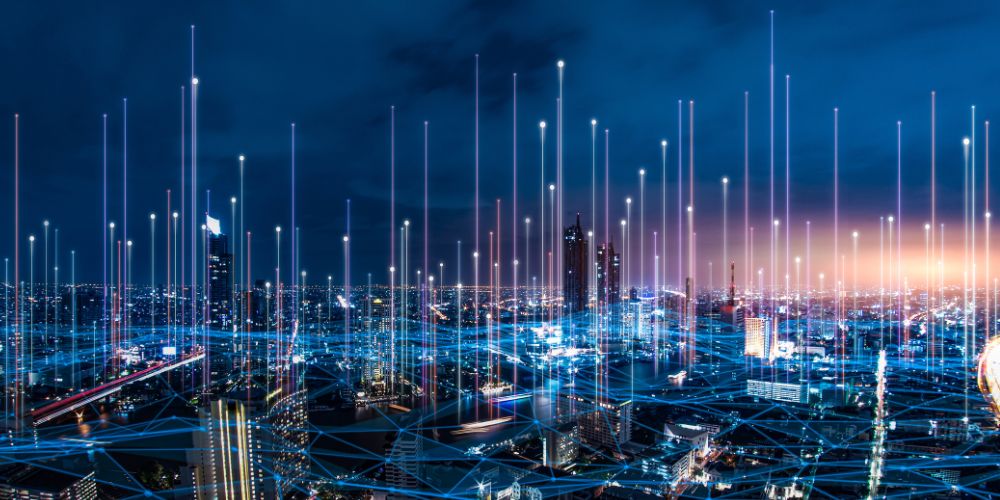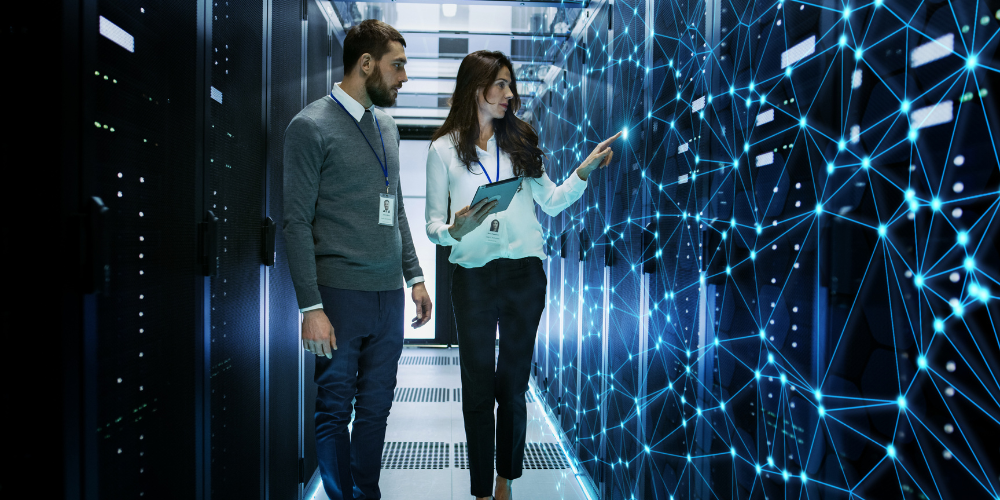Imagine if no matter how well protected your computer systems are, there was yet another level of protection? One which involves specific factors particular to the user, which they can use in addition to a strong password? With multi-factor authentication (MFA), you have yet another defense against bad actors seeking to infiltrate your network. Read on to learn more about this relatively new technology.
MFA: An Extra Layer of Protection
Passwords used to be enough. However, with bad actors looking for—and finding—ways to get into your network, multi-factor authentication (MFA) is a technology that is gaining ground. The most common type of this validation is two-factor authentication, in which a second method (additional factor of verification) is used to validate your account. For example, using a password (one factor) and text message with a code (second factor). The use of two different factors enhances security the way a single factor can’t. These details are not ones a bad actor will know, so even if they access the system using your password, they cannot go any further. An introductory article from the National Institute of Standards and Technology (NIST) cites studies that indicate that users of MFA feel much more secure than with their passwords alone. Two-factor authentication is a subset of MFA and is adequate; using more than two factors provides even more protection.
Applications to Core Systems and the Cloud
With technology continuing to grow, threats follow closely behind. How do you keep “bad actors” from accessing your network, the backbone of your IT infrastructure? Some attacks, like ransomware-as-a-service, allow a cyber criminal to simply log in to a site, configure their attack, and distribute already-written malware to their victims. Multi-factor authentication can mitigate the risk of bad actors getting in, providing another “gate” that they can’t get through. When accessing your network away from the office, MFA keeps your network safe, as well as restricting criminals’ access to your data and applications in the cloud. Not only does MFA protect your system, it protects those who use it.
Gone are the days when a password alone protects a user—or even a whole network—from those seeking to steal and exploit data. To learn more about establishing multi-factor authentication for an extra layer of protection, contact our trusted technology advisor today.





